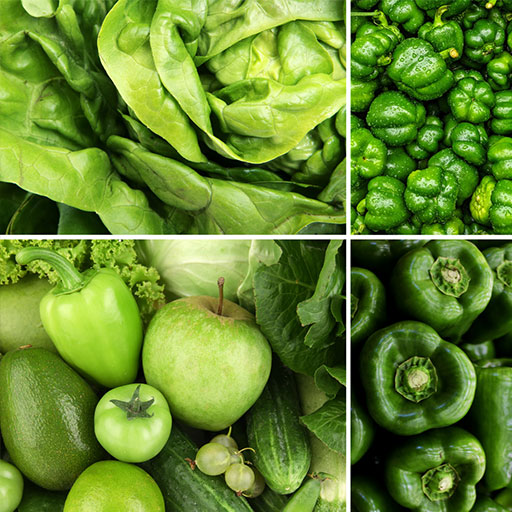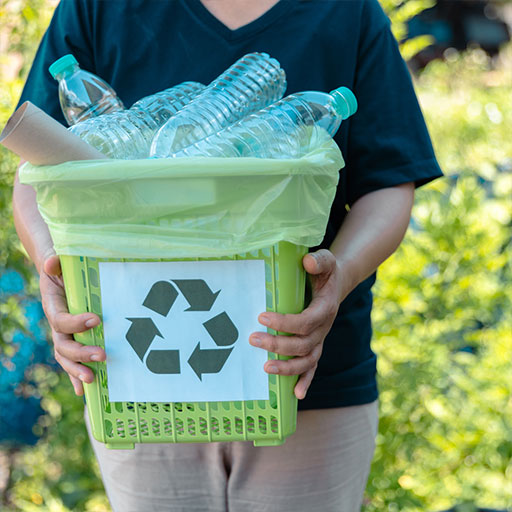Sustainability Starts at Home: How to Live a Greener Life in 2024
Understanding how our lifestyle decisions affect the environment and coming up with solutions to help everyone live better, lighter lives are key components of sustainable living. In 2024, more and more people are leading more environmentally friendly lives, yet many find it difficult to break old behaviours. Here are a few useful suggestions to help us live a more sustainable life:
1. Consumption

Every year, we discard one billion tonnes of food. Methane, a more potent greenhouse gas than carbon dioxide, is frequently produced by food waste.
To eat more sustainably, however, you can make a few easy adjustments that also frequently save money. These include eating in season and locally, as well as consuming more plants—especially beans and greens—and consuming less meat.
Because beans can fix nitrogen from the air into nutrients, they don't need nitrogen fertilizers, which are made partially from natural gas.
An excellent place to start would be one day each week when you consume no meat. Though they can be pricey, eating manufactured "mock meats" can be a first step toward a more plant-based diet.
2. Travel

Whether it's to the university, work, school, or the store, everyone must travel. Traveling sustainably requires balance.
The greenest mode of transportation is active transportation, such as walking, bicycling, and wheeling, which keeps you and your kids healthier and fitter while emitting no carbon dioxide. If possible, try substituting active travel options for one or two weekly automobile trips.
When traveling shorter distances in metropolitan areas, active transportation is frequently more affordable and quicker than driving a car. Additionally, it lessens traffic, which is a major contributor to city air pollution.
Compared to driving and flying, lengthier trips are more environmentally benign when taken by train or bus. To get the lowest tickets, though, you frequently need to make advance plans.
3. Utilization of Energy

The cost of the energy we consume at home is rising, and it contributes significantly to greenhouse gas emissions. Modest adjustments to our daily energy consumption can have a significant impact on our household emissions and costs.
Most of these adjustments are simple and practical. When you depart a room, flip out the lights. Cover the saucepan and cook the food. Reduce the temperature in your house by 1°C. Wash dishes and clothing in cooler weather. Shower for shorter periods.
When not in use, unplug appliances like microwaves and chargers; do the same for fully charged electronics. Additionally, swap out damaged halogen lightbulbs for more energy-efficient LED models.
4. Fast Fashion

Individuals enjoy purchasing new clothing. However, "fast fashion" comes at an astronomically high social and environmental cost. Over 92 million tonnes of garbage are produced annually by the fashion industry, most of which is burned, dumped in landfills, or shipped to underdeveloped nations.
There exist numerous approaches to being both eco-friendly and stylish. To ensure that anything you buy will "work" with what you already have, start by organizing your wardrobe so you know what you have before you go shopping.
Save damaged goods from being thrown away; a plethora of YouTube videos are available to assist with clothing and accessory repairs. By employing repair techniques like Sashiko stitching, you can even add a personal touch to your outfit by repairing a noticeable part of it.
5. Waste Management

Almost 2 billion metric tons of solid municipal garbage are produced yearly. By 2050, this number is predicted to rise by 70%. We can make a lot of little adjustments to cut down on the quantity we throw in our trash.
Making a shopping list will help you buy less on impulse and decrease overspending. Bring reusable shopping bags along with you and free shop packaging. Several stores sell food without excessive packaging, such as zero-waste stores, where patrons are invited to bring their containers to fill and replenish with bulk whole foods.
Make sure you are aware of what can be recycled in your area and heed the instructions given. Cutting waste lowers pollution, weekly expenses, and wasteful resource consumption.
We can all work together to create a future that is more sustainable by implementing tiny lifestyle adjustments.
In conclusion, living a sustainable life is crucial for the well-being of our planet. Implementing small changes in our daily routine can have a significant impact on the environment. By eating more plants, using sustainable modes of transportation, consuming energy wisely, choosing eco-friendly clothing options, and managing waste effectively, we can contribute towards a greener and healthier planet. It is up to all of us to take responsibility and make conscious choices for a sustainable future.

